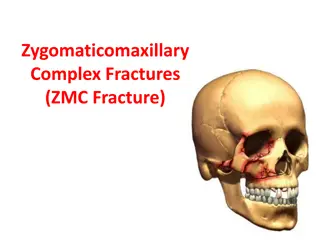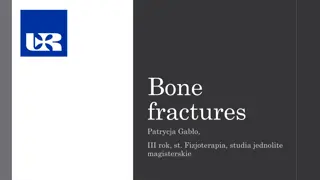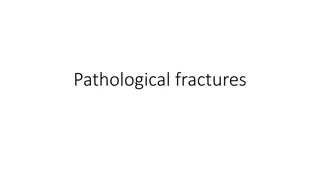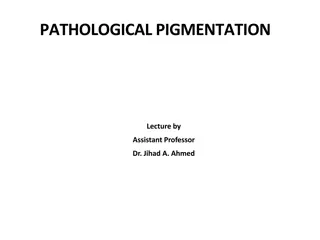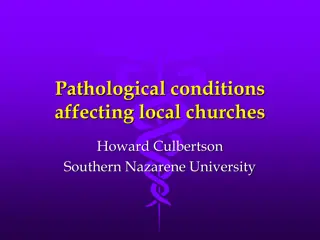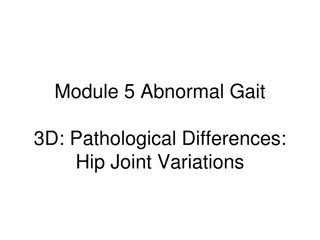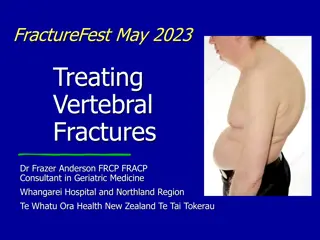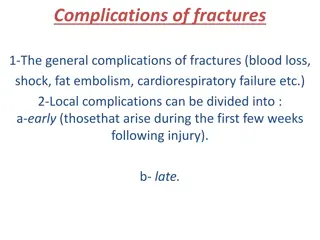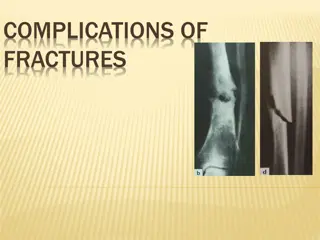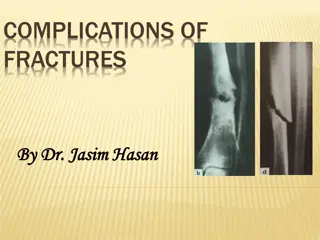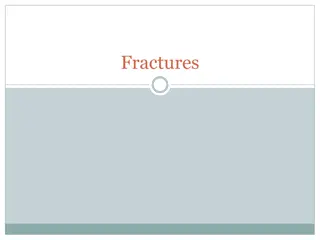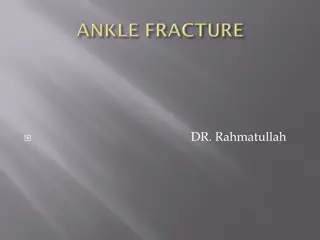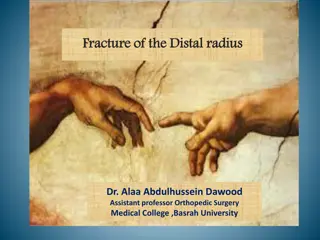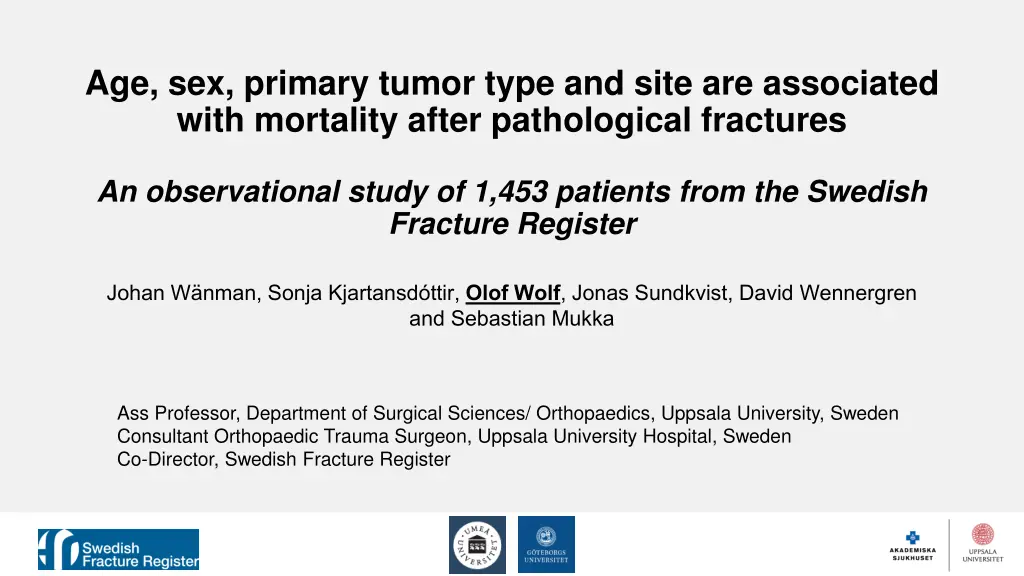
Mortality Factors in Pathological Fractures Study
A study examined mortality factors in 1,453 patients with pathological fractures, focusing on age, sex, primary tumor type, and site. Results highlighted the importance of these variables in survival outcomes after such fractures among cancer patients. The study provides valuable insights for treatment decisions and patient care in this context.
Download Presentation

Please find below an Image/Link to download the presentation.
The content on the website is provided AS IS for your information and personal use only. It may not be sold, licensed, or shared on other websites without obtaining consent from the author. If you encounter any issues during the download, it is possible that the publisher has removed the file from their server.
You are allowed to download the files provided on this website for personal or commercial use, subject to the condition that they are used lawfully. All files are the property of their respective owners.
The content on the website is provided AS IS for your information and personal use only. It may not be sold, licensed, or shared on other websites without obtaining consent from the author.
E N D
Presentation Transcript
Age, sex, primary tumor type and site are associated with mortality after pathological fractures An observational study of 1,453 patients from the Swedish Fracture Register Johan Wa nman, Sonja Kjartansdo ttir, Olof Wolf, Jonas Sundkvist, David Wennergren and Sebastian Mukka Ass Professor, Department of Surgical Sciences/ Orthopaedics, Uppsala University, Sweden Consultant Orthopaedic Trauma Surgeon, Uppsala University Hospital, Sweden Co-Director, Swedish Fracture Register
Background Life expectancy for cancer patients has improved Metastatic long bone fractures are associated with poor functional outcomes and survival The reconstruction must be durable in relation to the estimated life expectancy
Aim This study aimed to evaluate survival after pathological fracture in relation to age sex primary tumor site of the pathological fractures
Materials and Methods Observational register study from the Swedish Fracture Register (SFR) Patient selection All Pathological fractures (ICD code M84.4) 2014-2021 Primary tumor as breast, prostate, kidney, lung, myeloma, other or unknown. 1577 pathological fractures 124 were excluded due to multiple pathological fractures in the same patient.
Materials and Methods 2 Outcome variables Age Sex Primary tumor type Site of the pathological fracture Treatment Mortality Statistics The log-rank test and the Cox proportional hazards were used for survival analysis
Results 1453 patients; 52% men Median age 73 years (18-100) Operative treatment 66% Primary tumor at time of fracture: Unknown 21% Prostate 20% Breast 15% Myeloma 13% Lung 9% Kidney 5%
Distribution and pattern of tumor seed Upper extremity 33% Spine 9% Upper extremity 50% of myeloma 46% of kidney cancer Spine 12% of unknown primary Pelvis 5% Lower extremity 53% Pelvis 8% of prostate cancer Lower extremity 63% of breast cancer 60% of prostate cancer 56% of lung cancer
Survival after pathological fracture The median survival was 213 days (95% CI 185-241) Lung cancer shortest (78 days) Myeloma longest (432 days) Mortality was 12% at 30 days and 60% at 1 year Age, sex (male) , primary tumor (lung cancer) and site of the pathological fractures (extremities) were associated with higher mortality.
Discussion Tumors seed differently to bones and cause different types of fractures. Unknown primary tumor is common at time of pathological fracture. The primary tumor is a major predictor of survival The independent prognostic value of pathological fracture site has never been demonstrated The poor prognosis calls for careful consideration of the potential benefits of surgical treatment
Conclusion Survival affected by: Age Sex Primary tumor site Location of pathological fractures Survival time is short and correlated to primary tumors. Lung cancer is the strongest negative predictor of survival.





